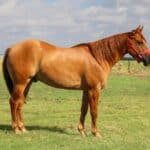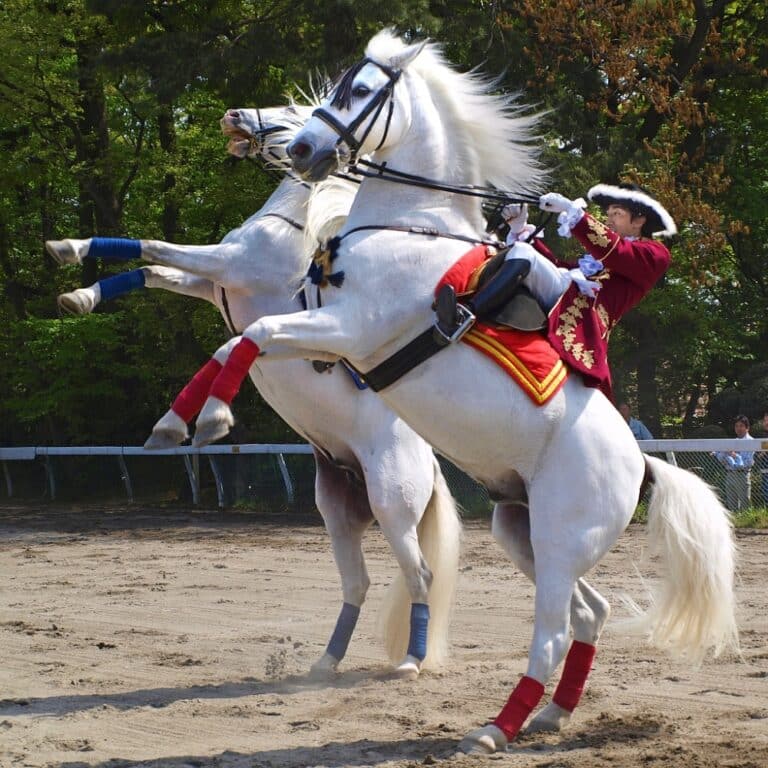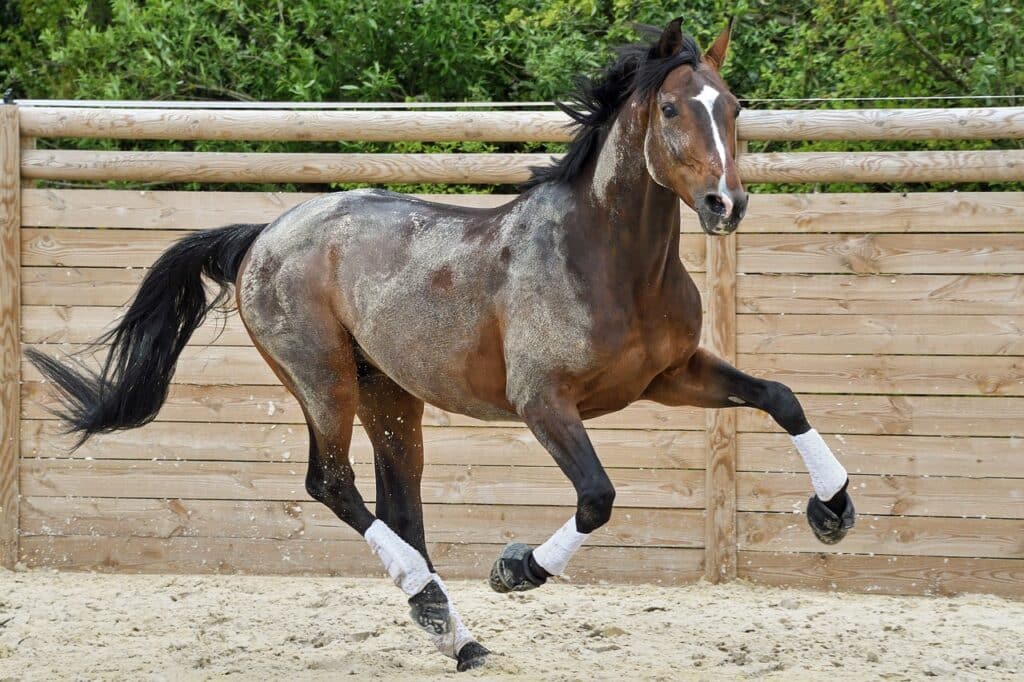
When it comes to the animal kingdom, horses are renowned for their exceptional stamina and running capacity. They are the natural athletes of the wild, capable of covering large distances at impressive speeds. However, have you ever wondered, how long can a horse run?
Well, the answer is as intriguing as the question itself. The running capacity of horses is influenced by a multitude of factors, including breed, health, condition, and training. This article aims to provide an in-depth analysis of these factors and more. So, saddle up and get ready for an exciting ride into the world of equine endurance.
Understanding the Running Capacity of a Horse
The running ability of a horse is an amalgamation of its unique physical structure and physiology. The lower half of their legs are devoid of muscles, making them lightweight and efficient for running. The larger muscles situated in the upper legs move these lower parts through long tendons and ligaments. This unique anatomical structure enables most horses to run at different speeds and cover various distances.
However, regardless of their speed, all horses need to rest after a certain period of exertion. This rest is crucial to replenish their energy levels and prevent fatigue and injuries.
To put it in perspective, let’s delve deeper into the short and long-distance running capacity of horses.

Short and Long-Distance Running: How do Horses Fare?
Short-Distance Running
It’s a well-known fact that horses are speed demons. Their top speed is influenced by their breed, age, and overall health. Typically, Thoroughbred horses are known for their speed, capable of reaching up to 55 mph (88.5 km/h). However, this speed is usually not sustained for more than 1 to 2 miles (1.6 – 3.2 km).
On the other hand, lighter breeds like Arabians may not match Thoroughbreds in speed but show better endurance, capable of sustaining their top speed for 1 to 1.5 miles (1.6 – 2.4 km).
Long-Distance Running
When it comes to long-distance running, horses are truly in a league of their own. An average horse can trot or walk covering about 20 to 40 miles (32 – 64.5 km) in a day. However, horses well-trained for endurance rides can cover more than 100 miles (161 km) in a day.
It’s worth noting that the rider’s weight, the terrain, and weather conditions also significantly influence the horse’s running capacity.
Horse Breeds and Their Endurance: Which Horse Can Run the Longest?
The endurance of a horse is intrinsically linked to its breed. Certain endurance horse breeds have been naturally selected or bred for their stamina and running ability. Here’s a quick look at some of the top breeds known for their endurance:
Arabian Horse
Arabian horses are indubitably the champions of endurance. Bred to survive the harsh conditions of the Middle East, these horses are known for their ability to cover vast distances at a steady pace. They have dominated endurance races like the Tevis Cup for years.
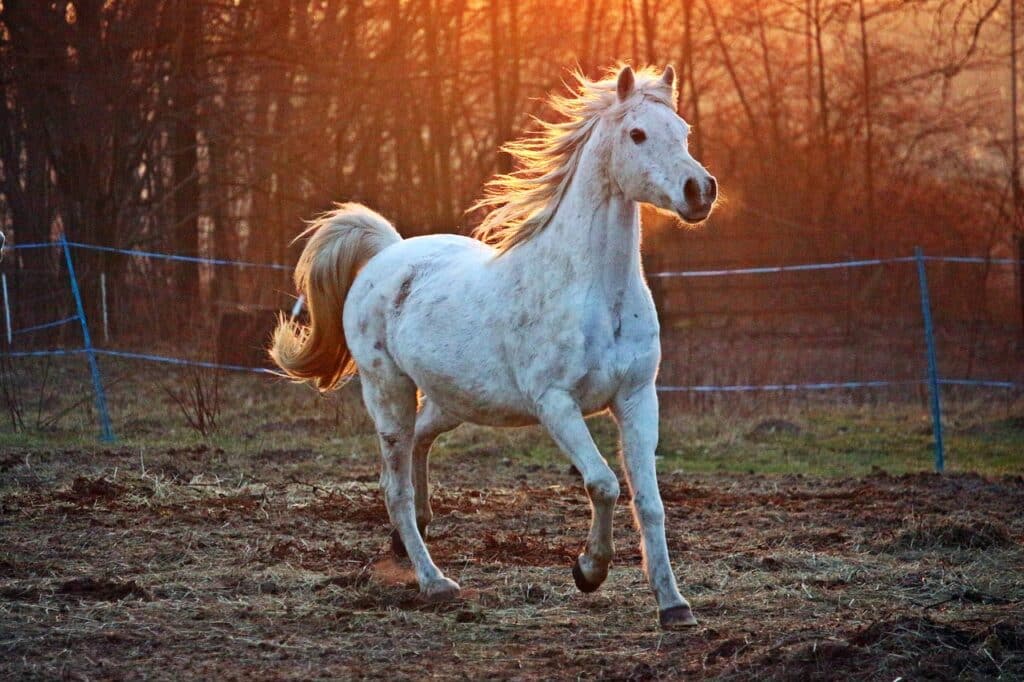
Thoroughbred Horse
Thoroughbreds are famous for their speed and competitive nature. While they may not match Arabians in endurance, Thoroughbreds are known to sustain high speeds over considerable distances, making them a favorite in racing circuits.
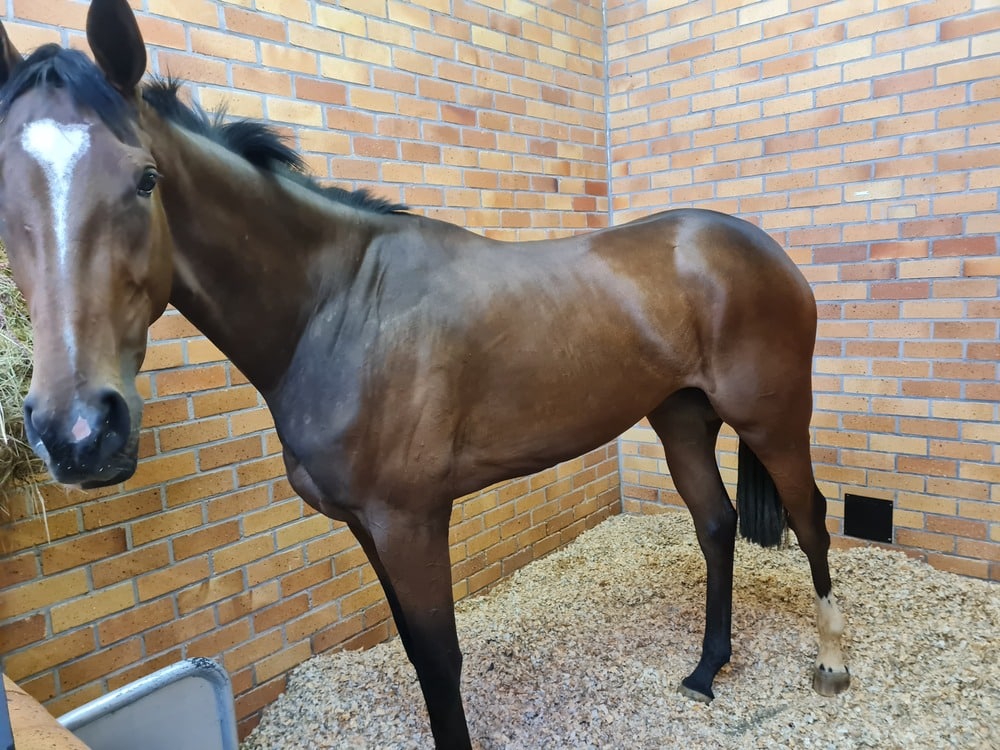
Mustang Horse
The Mustang, a feral horse breed native to the Americas, is known for its hardiness and adaptability. With years of natural selection, Mustangs have developed remarkable running abilities, making them one of the top breeds for long runs.
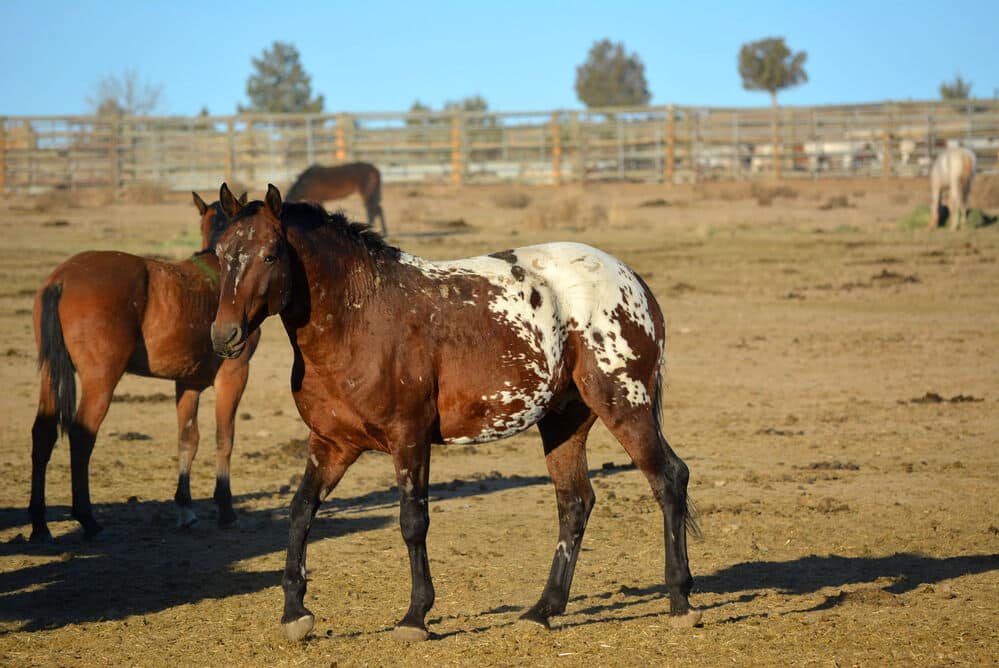
American Quarter Horse
Known primarily as sprinters and popular in barrel racing, American Quarter horses are robust and durable enough to complete long-distance races, albeit not as swiftly as Thoroughbreds over short distances.

Anglo-Arabian Horse
This hybrid breed results from mating an Arabian male with a Thoroughbred female. The offspring benefit from enhanced stamina compared to their Thoroughbred mothers and greater speed than their Arabian fathers. Their larger size also makes them suitable for heavier riders.
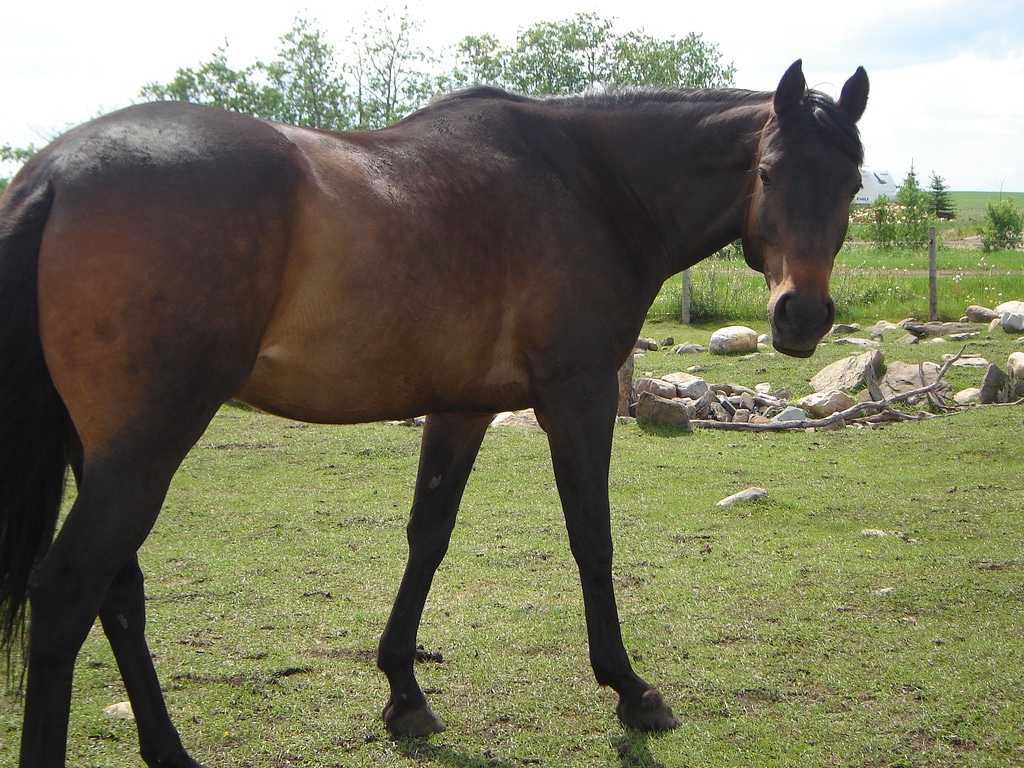
Akhal-Teke
This unique and relatively rare breed often outpaces Arabians in shorter races, reaching speeds between 35 to 45 mph. They are also competitive in endurance events.
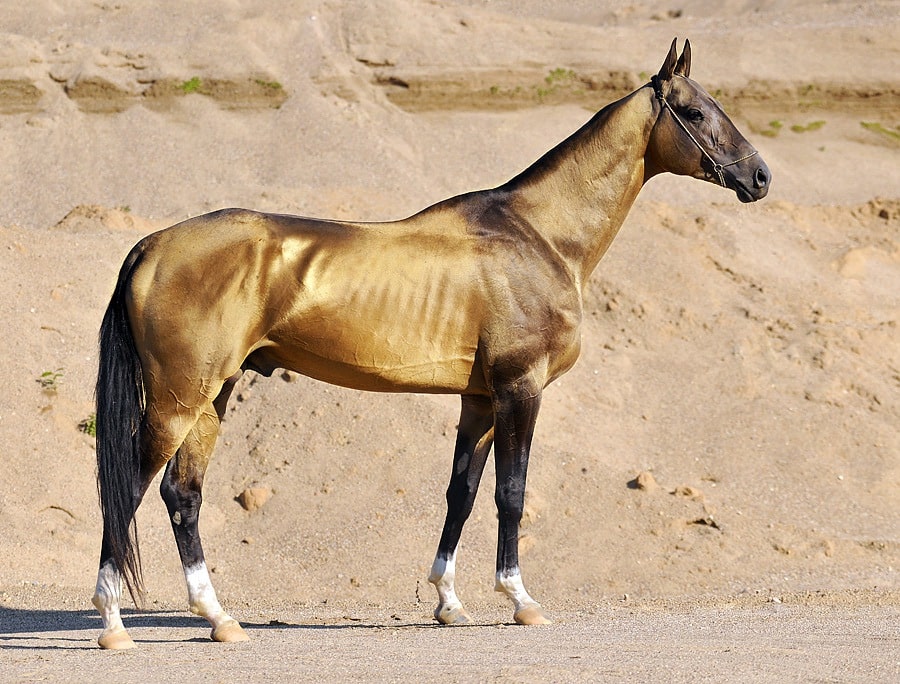
Morgan Horse
What’s remarkable about Morgans is their dual role as both workhorses and endurance racers. They are reliable options, especially for riders who are less experienced.
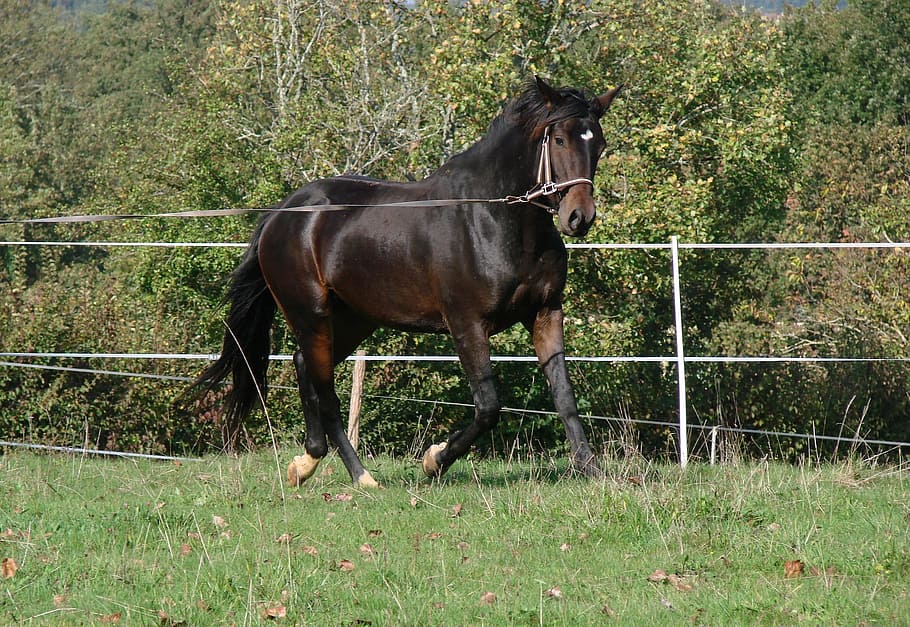
Missouri Fox Trotter
Breeders generally concur that this gaited breed from the Ozark Mountains has an Arabian lineage. While commonly chosen for trail riding, it’s lesser-known that this horse also excels in endurance competitions.

Rocky Mountain Horse
Emerging in the 1980s, the Rocky Mountain horse is highly regarded as a trail horse and a strong contender in endurance rides. When paced correctly, this horse can easily cover 100 miles in a single day.

Criollo
Originating from Latin America, the Criollo is a top pick for extended, week-long endurance events.
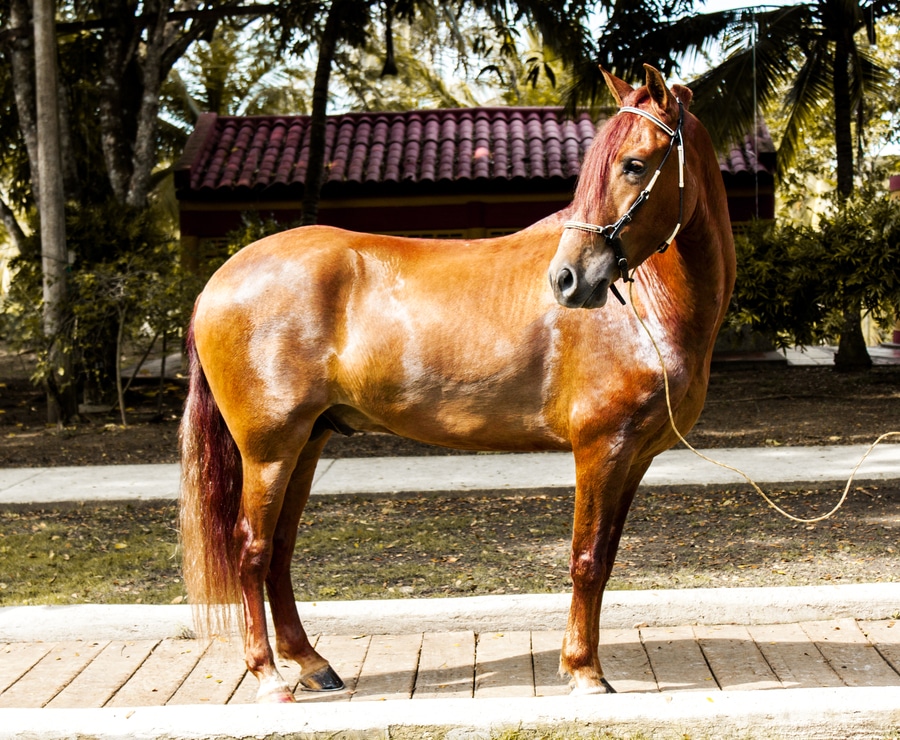
Deciphering Horse Gaits
When we talk about the running capacity of horses, it’s crucial to understand their gaits. A gait is essentially the pattern of movement of a horse’s legs. Let’s take a look at the different gaits of a horse:
Gallop
The gallop is the fastest gait of a horse. It is a four-beat gait with a pattern of footfall that goes from the back legs to the front. A healthy horse, can maintain a gallop for about 1 to 2 miles before needing to rest.
Trot
The trot is a two-beat gait where the horse moves its legs in diagonal pairs. This gait is slower than a gallop but can be maintained for a longer duration. A horse can trot for about 20 to 40 miles in a day.
Walk
The walk is the slowest gait of a horse. It is a four-beat gait where each foot is lifted and set down independently. A horse can walk for about 8 hours without a break, covering 30 to 32 miles in a day.
Factors Influencing a Horse’s Running Capacity
The running capacity of a horse is not solely dependent on its breed or gait. Several other factors come into play. Let’s take a look at some of them:
Training
The training a horse receives directly influences its running ability. Horses trained for endurance rides are conditioned to cover long distances without tiring easily. They are also trained to pace themselves effectively to conserve energy for the long haul.
Health and Condition
A horse’s health and physical condition significantly affect its running capacity. Horses in peak physical condition with no underlying health issues can run longer distances compared to those who are not.
Rider’s Weight
The weight of the rider also plays a crucial role. Heavier riders put more strain on the horse, which can affect its running capacity.
Terrain and Weather
The terrain and weather conditions also significantly impact a horse’s running capacity. Horses running on flat, even terrain can cover more distance compared to those running on hilly or rugged terrain. Similarly, horses can run longer distances in cooler weather compared to hot, humid conditions.
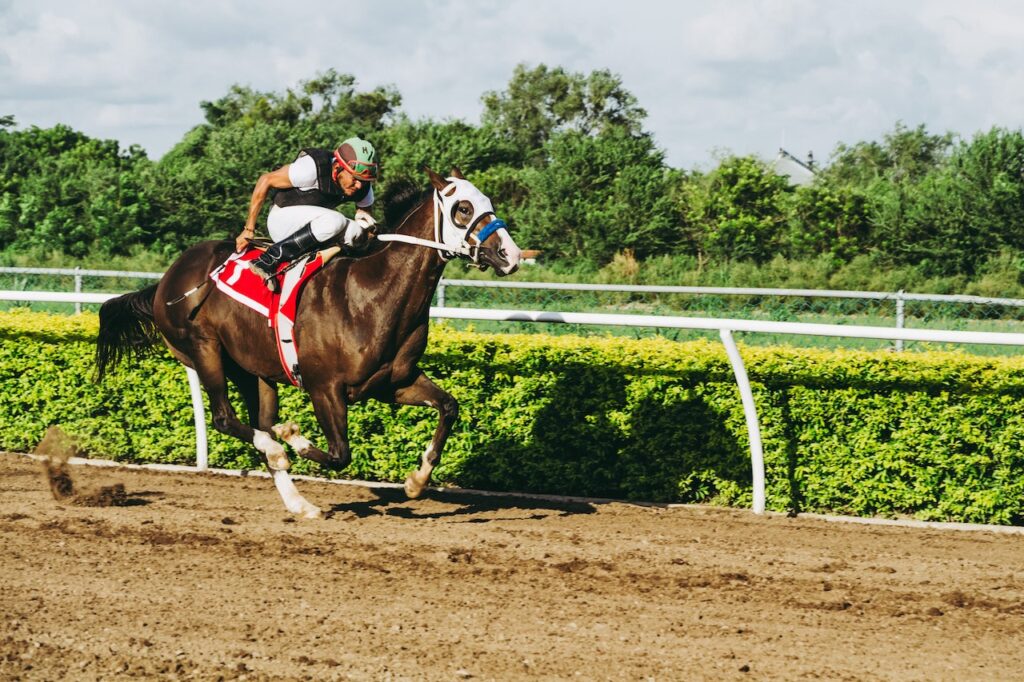
FAQs: How Long Can a Horse Run?
How Long Can a Horse Go Without Water?
A horse can typically survive for about three to six days without water. However, they will start to eat less and may experience significant weight loss after this period.
How Long Can a Horse Go Without Food?
Healthy horses can potentially survive without food for about ten days. However, reaching this point can leave the horse fragile and in need of a prolonged recovery period.
What Is the Longest Distance A Horse Can Cover Without Resting and Stopping?
The running capacity of a horse can vary depending on its breed and training. However, some horses can cover as much as 100 miles in a 24-hour period with appropriately scheduled breaks.
How Fast Can a Horse Run at Top Speed?
The top speed of a horse is influenced by its breed. Thoroughbred horses, for instance, can reach speeds of up to 55 mph. However, this speed is usually not sustained for more than 1 to 2 miles.
Is there a Weight Limit in Horse Riding?
While some horses can carry up to 300 pounds, there is no set weight limit for horse riding. Factors such as the horse’s size, breed, health, and condition play a role in determining how much weight they can comfortably carry.
Final Thoughts
So, how long can a horse run? The answer varies depending on several factors, including the horse’s breed, training, health, and the conditions in which they are running. While an average horse can cover 20 to 40 miles in a day at a slow pace, a well-trained endurance horse can cover more than 100 miles in the same period. However, it’s crucial to remember that all horses need rest after exertion to recover and prevent injuries.
Whether you’re a horse owner, a rider, a horse racer, or simply an equine enthusiast, understanding the running capacity of horses can provide valuable insights into their incredible endurance and stamina. It’s yet another testament to the incredible abilities of these magnificent animals.







